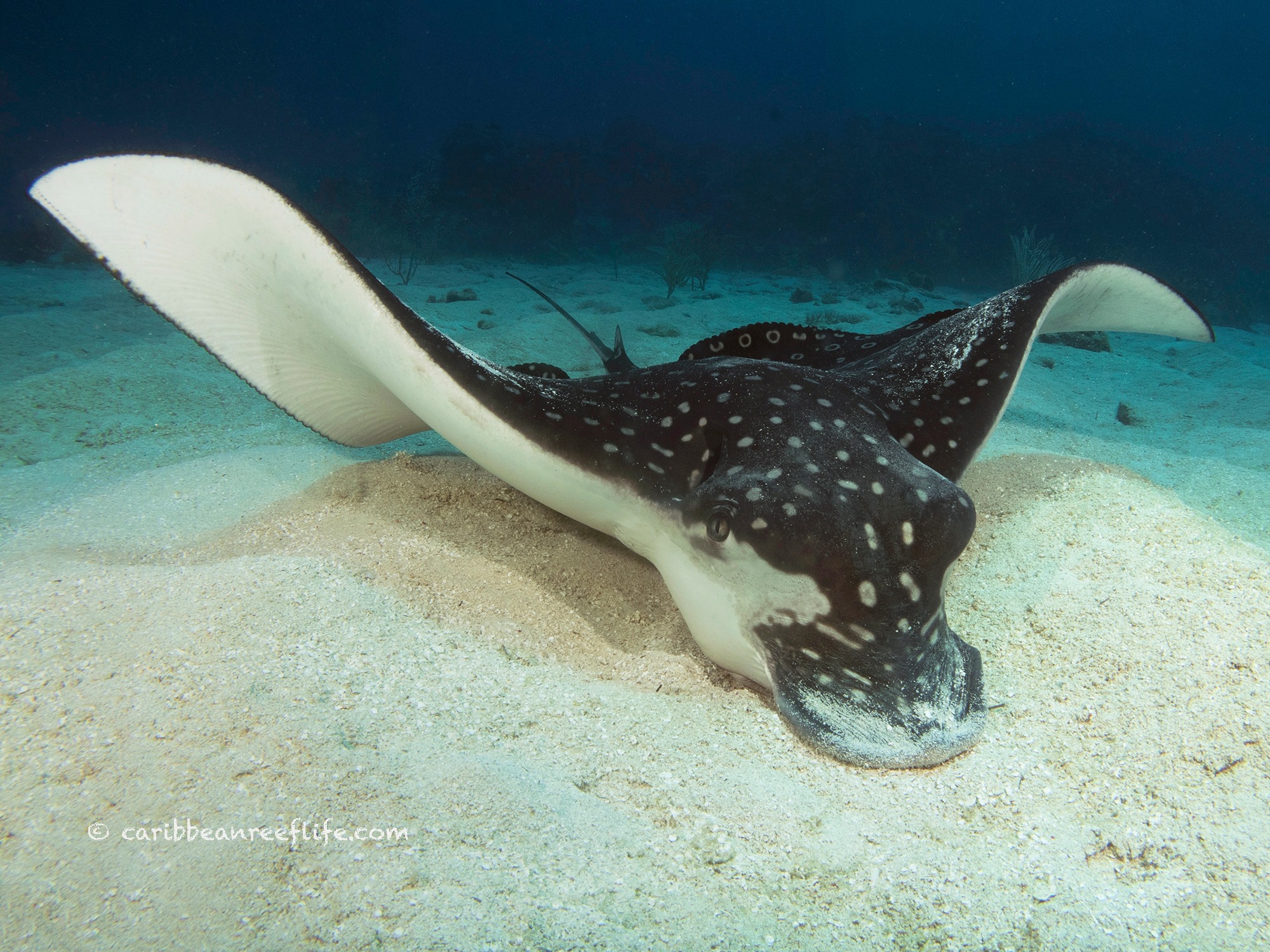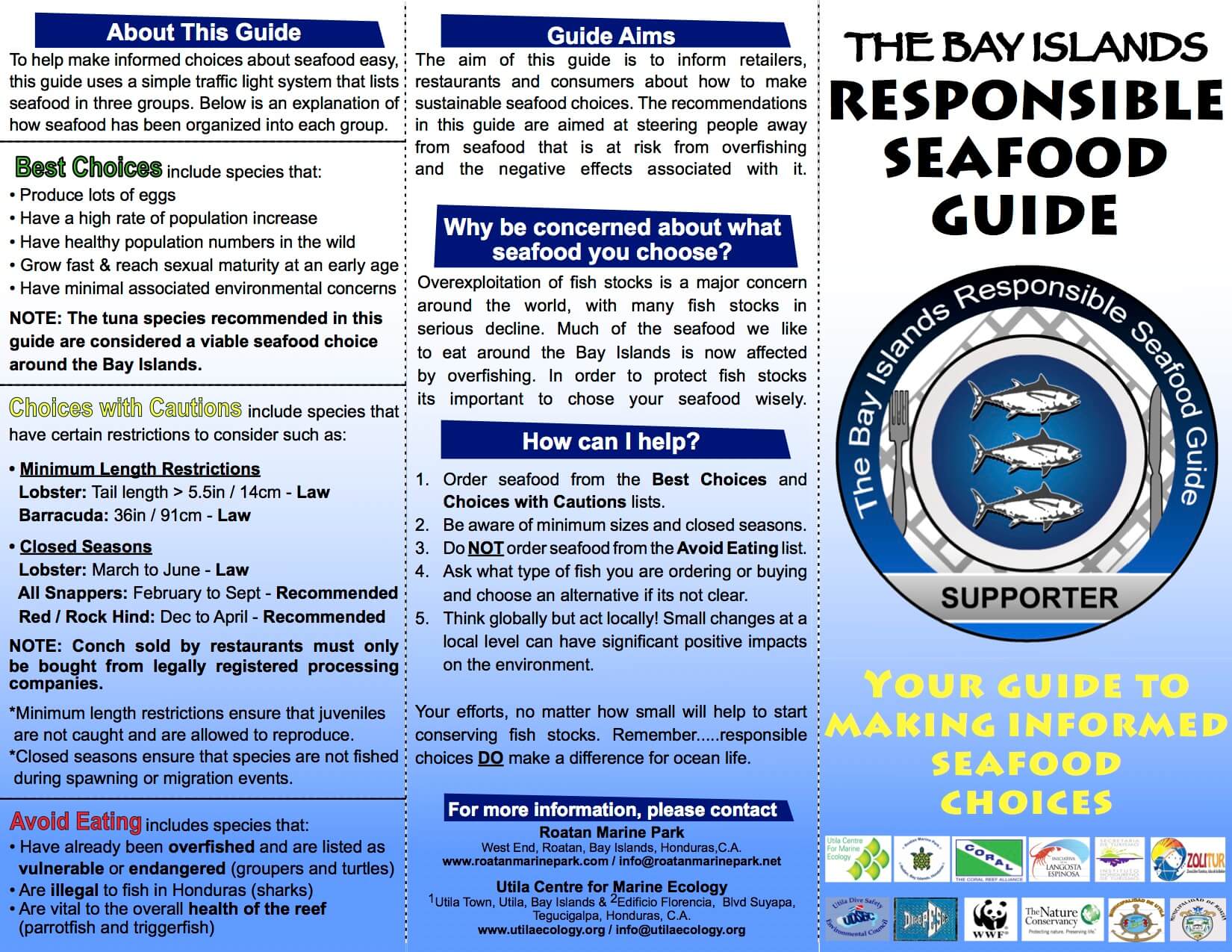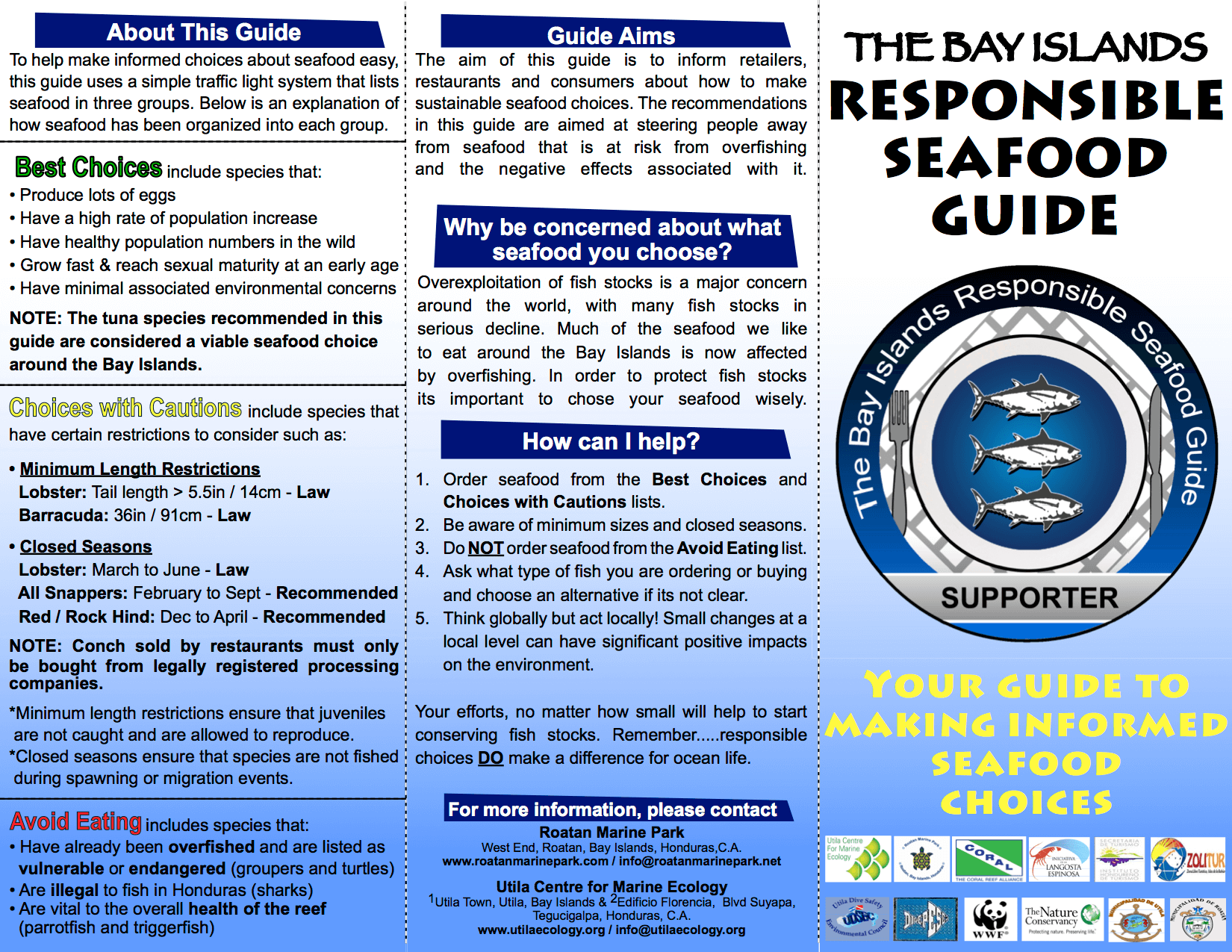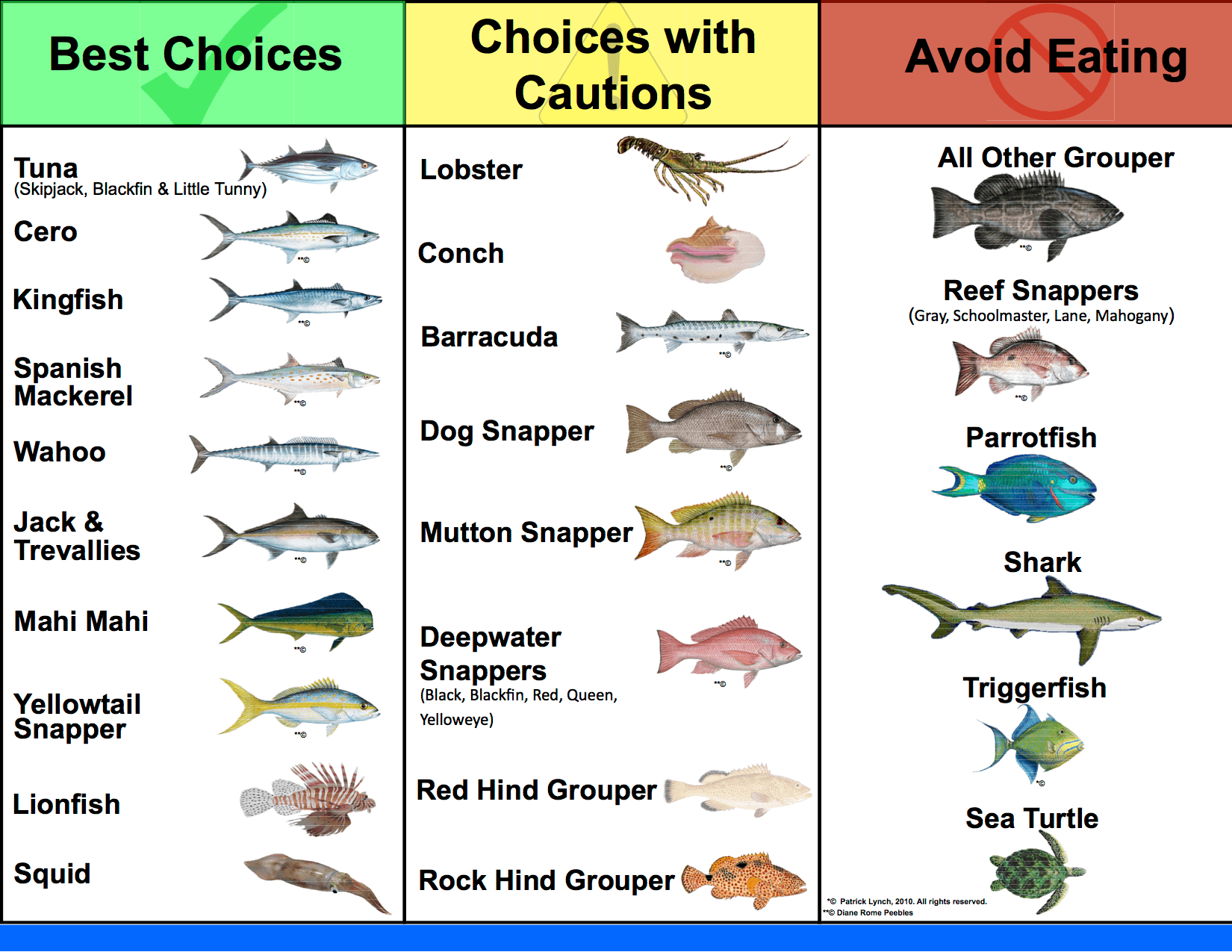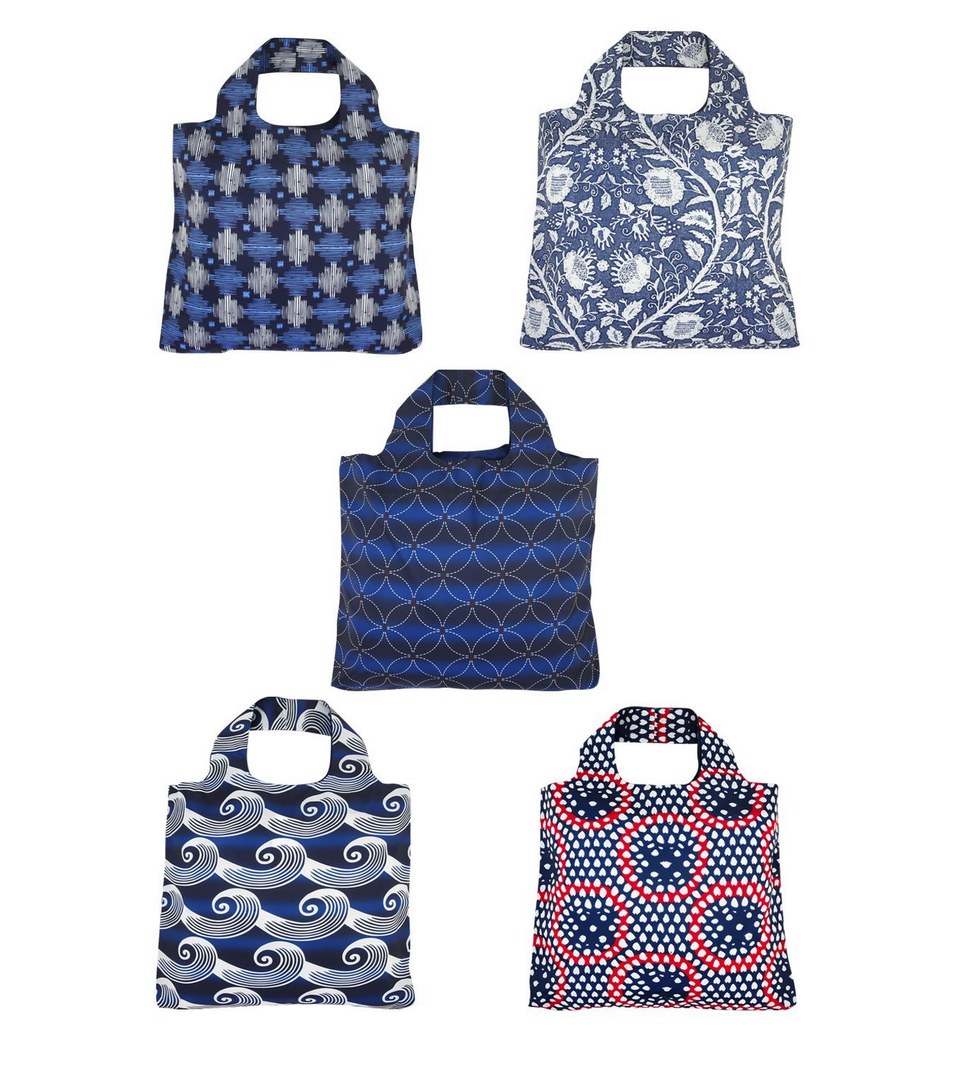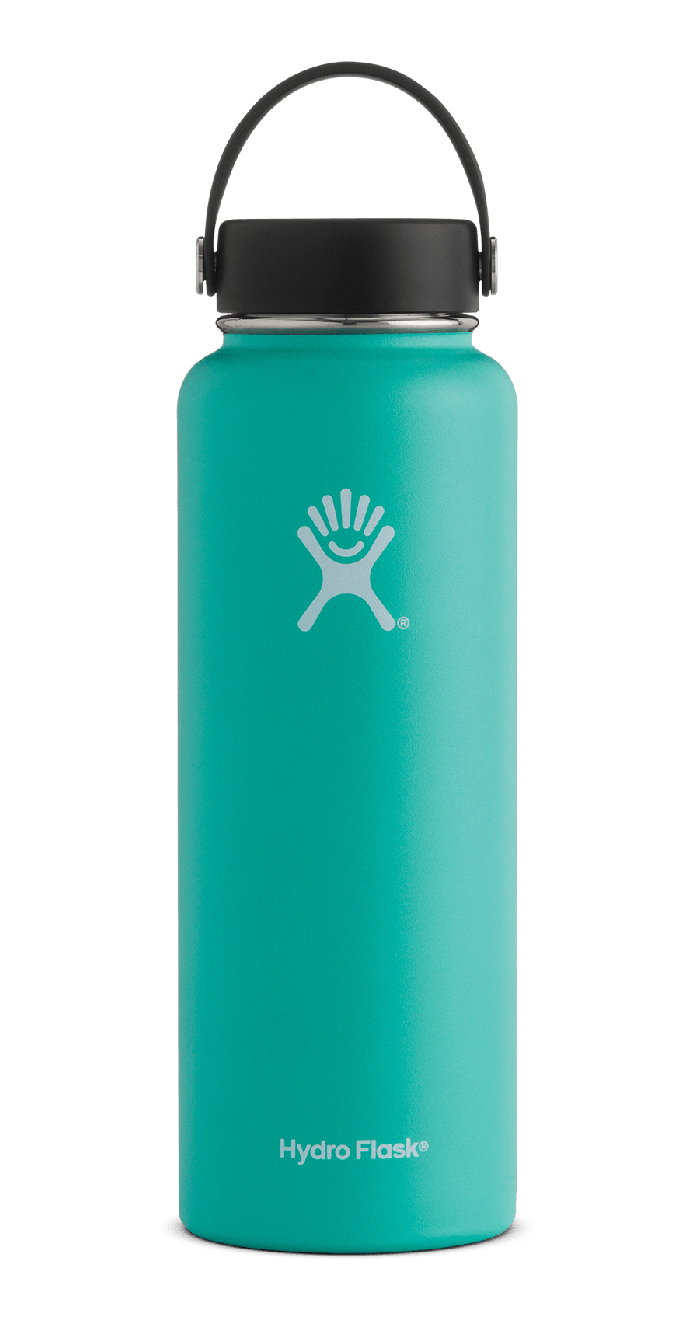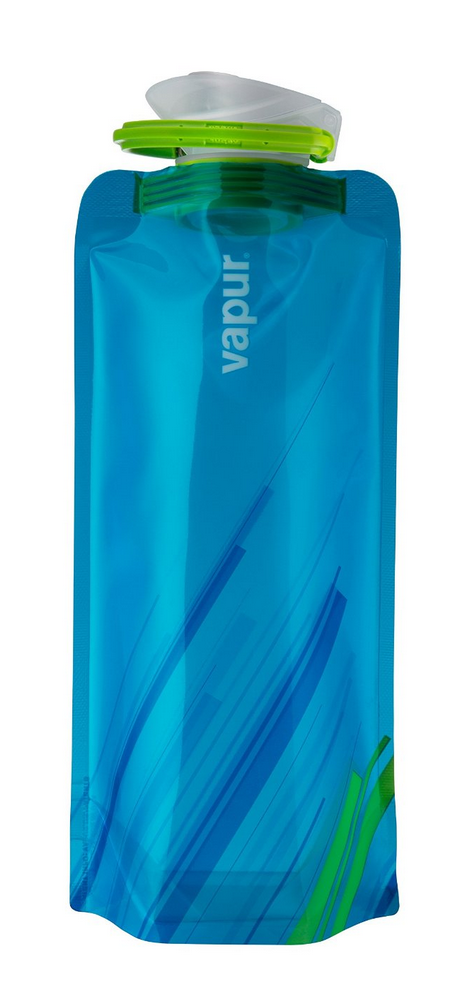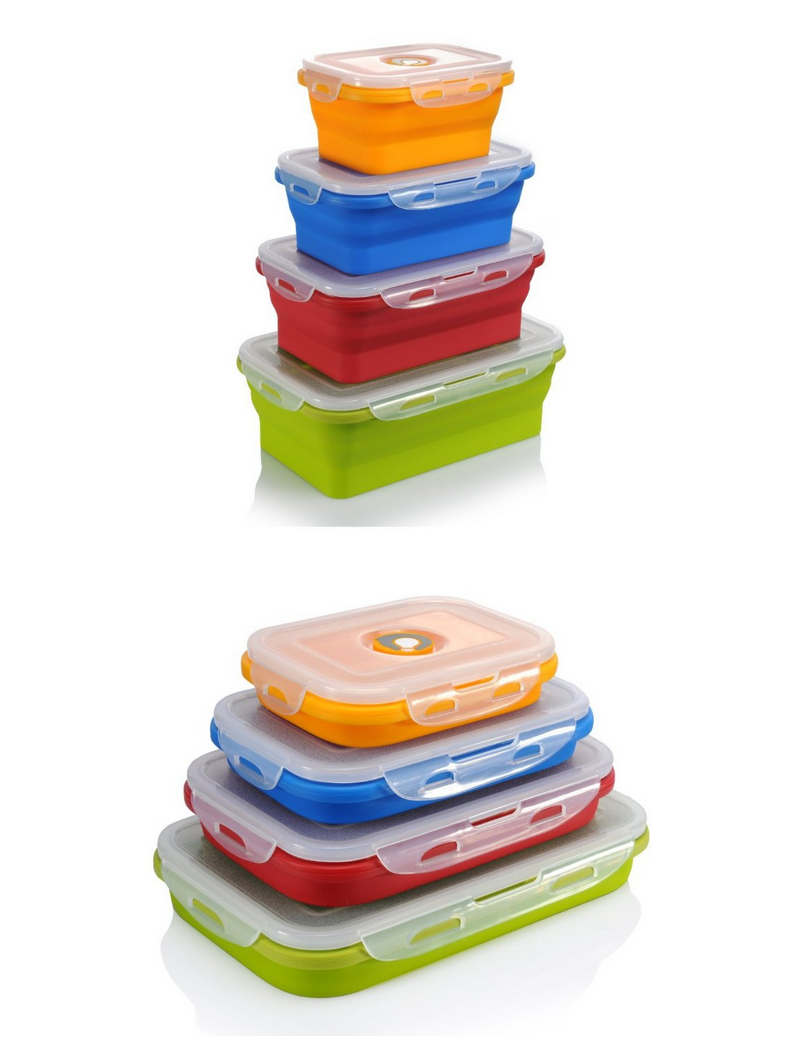3 Cool Facts about Spotted Eagle Rays
Diving is amazing on Roatan no matter what time of year, but let’s be honest, we all really look forward to eagle ray season. Nothing can make a dive like seeing a spotted eagle ray (or three!) glide gently along the reef, or watching them dig through the sand with their noses for food. We know you already like these cool creatures, but to make you fall even more in love with them, here are 3 Cool Facts about spotted eagle rays!
Diving is amazing on Roatan no matter what time of year, but let’s be honest, we all really look forward to eagle ray season. Nothing can make a dive like seeing a spotted eagle ray (or three!) glide gently along the reef, or watching them dig through the sand with their noses for food. We know you already like these cool creatures, but to make you fall even more in love with them, here are 3 Cool Facts about spotted eagle rays!
Eagle ray patterns are like fingerprints
Like human fingerprints, each eagle ray’s back pattern is unique. That’s why when conservationists and scientists are putting together eagle ray population censuses in an area, they’ll ask for photos to do what’s called a “natural tag”. No two eagle rays have the same back pattern, (although to the untrained eye, they all look very similar), allowing this to be a useful, and non-invasive, model for identification.
Photo by Caribbean Reef Life
Eagle rays can jump through the air
Have you ever been on the beach watching the Roatan sunset and seen a big splash? More often that not, those are eagle rays jumping through the air. Although eagle rays don’t jump into giant groups like the mobula rays off of Baja California, they have been known to jump onto boats, even accidentally killing a woman once when they landed on her.
Scientists aren’t 100% sure the reason why rays jump. Some speculate that they are females trying to get away from males (bye, Felipe!) and some think they are trying to get rid of parasites on their body. Either way, it’s a cool thing to witness.
Eagle rays lay eggs, but also carry their eggs to term
No doubt you guys have seen the amazing video of the ray giving birth at the zoo! While eagle rays lay eggs, they’ll actually carry the eggs inside of them until the babies, called pups, are born ready to swim. Eagle rays only carry about 4 pups at a time, which is why their numbers are threatened all around the world because of their slow reproduction, decimation of food sources due to overfishing, and being hunted in some places.
So there you have it, 3 Cool Facts About Eagle Rays! We hope that you all can make it down to Roatan soon so you can see these wonderful creatures, and everything else that Roatan underwater has to offer, in person! Don’t forget to also support the Roatan Marine Park (and your conservation organizations back home) to make sure that the spotted eagle ray is around for years to come.
5 Cool Facts about Turtles for World Turtle Day
Happy World Turtle Day!
Let's face it, who doesn't like turtles? That's probably what gets requested the most from our divers, and with a well-protected marine park, it's very easy to deliver. Turtles are interesting animals, with personalities and fun quirks, so what are 5 Cool Facts that you should know about turtles today?
Happy World Turtle Day!
Let's face it, who doesn't like turtles? That's probably what gets requested the most from our divers, and with a well-protected marine park, it's very easy to deliver. Turtles are interesting animals, with personalities and fun quirks, so what are 5 Cool Facts that you should know about turtles today?
Fact 1. The green turtle has green insides
You may have noticed that green turtles are not particularly greener than any other turtle species. In fact, when they're babies, they're black! The green turtle is actually named that because the layer between its organs and its shell is green, not because its shell is.
Fact 2. Turtle shells are part of them
Unlike tortoises, turtle shells are not a separate piece of material covering their backs. Their shells are their backs. That's why if they get shell injuries, it can be life threatening, because it's basically the same as a human getting a wound on their backs.
Just keep swimming!
Fact 3. Baby turtles swim for 4 days straight after they're born
When we were diving in the Bonin Islands of Japan, we visited a turtle sanctuary that's done some phenomenal work in the area. We got lucky and went there after a group of hatchlings were born 3 days earlier. Inside their swimming pool, they just kept swimming...and swimming...and swimming. Baby turtles are hardwired to swim for days into open ocean before they find floating seaweed or something to rest on, so these little guys just kept swimming in circles for the first few days after they were born.
Fact 4. Only 1% of turtles make it to sexual maturity
Crazy! Out of all the turtles born all over the world, only 1% will survive to reach sexual maturity. The majority of turtle babies never make it past the beach on their first day alive. This is why it's so important to protect the turtles that we have left, because human interference and consumption has not made things easier for these guys. Although many turtles species are now protected, boat activity, trawling and hunting are decimating turtles numbers around the world. For a population that already struggles to survive, it's a severe blow.
Fact 5. Hawksbill shells are still being exploited
Classified as Critically Endangered by the World Wildlife Fund, Hawksbill turtle shells are most threatened by the illegal wildlife trade. Their brown and yellow patterned shells commonly referred to as "tortoiseshell" are extremely popular and can sell for a high price. While most tortoiseshell products are now made out of synthetic materials, there is still a startling amount of illegal trade of their shells and products. To ensure you are buying the fake tortoiseshell from the real ones, we suggest you consider the price, is the vendor reputable and most of all the detailing on the object. Real tortoise shell is hand carved so it will have small imperfections along with a higher price tag.
Show your turtle love!
For all the turtle lovers out there, here's a few ways we can be heroes to these adorable reptiles on World Turtle Day:
Reject Turtle Products - Turtles are critically endangered all over the world, exploited for their shells and their meat. As long as a demand exists, so will a supply, so make sure to avoid purchasing turtle products wherever in the world you go.
Use Reusable Bags - Plastic bags floating in the ocean look almost identical to one of their favorite foods, jellyfish and turtles mistakenly ingest it. Add this to the long list of reasons of why reusable bags should be a part of your daily living!
Respect Turtles in their Natural Habitat - Whether you're diving or snorkeling in the Bay Islands, it's illegal to touch, chase, harass or ride them. Also if you're lucky enough to be near a beach area where turtles lay eggs, it's critical to keep a safe distance from hatchlings and be mindful not to confuse the younglings with any artificial light like camera flashes at night. Keeping a safe distance helps ensure that turtles & many other marine animals are not harmed as a result of human interaction.
Resist Disposable Utensils - From plastic straws, forks, spoons and knifes and more, the volume of plastic debris that ends up in the ocean is staggering. Sea turtles and many other marine animals ingest it, causing blockages in their digestive track. Turtles fights to expel these foreign objects, as seen in the infamous turtle straw removal video, but ultimately many cannot, leading to death.
To learn more, check out our 5 easy ways to live more eco friendly.
The Bay Islands Responsible Seafood Guide
Whenever you visit somewhere new (or even at home), it's important to think about responsible consumption when you're making your dining choices. The Bay Islands developed a helpful visual guide to point out which fish in these waters that are the best options and which are ones that should be avoided. Have a look before you dig in!
Whenever you visit somewhere new (or even at home), it's important to think about responsible consumption when making your dining choices. Overfishing has run many of the waters around the world dry, and responsible seafood recommendations have been put in place all around the world to help combat, or at least slow, the killing of our marine ecosystem.
The Bay Islands developed a helpful visual guide to identify which fish make the best options and which ones should be avoided. Let's have a look before you dig in at the dinner table!
From the Best Choices list, the fish we enjoy eating and frequently find are responsibly fished here in Roatan are:
Tuna
Lionfish
Wahoo
Mahi Mahi
When you are dining out here in Roatan, look for this visual guide which is proudly on display at many local restaurants. Tuna is a great example of a popular and plentiful fish here, but in other parts of the world is sadly often overfished. Keep in mind, a fish that might be a responsible choice in some areas might NOT be in other geographic areas. It really can vary.
We caution or discourage guests from the following items that are commonly poached, caught illegally, overfished, or caught without meeting the proper restrictions.
Conch
Lobster (Only in season from July through February)
Snapper
Grouper
Below you will find a detailed guide with more information and learn how you can get involved. Without the demand for fish that are at risk, there will be no supply! Please think how you can help protect Roatan's local fish populations by sharing this with others and making responsible seafood choices when you dine out.
Eat More Lionfish
We couldn't resist the opportunity to encourage our seafood enthusiasts to give this tasty fish a chance. The fillet is not very oily or fishy tasting, so there is a lot of variety for how it can be prepared and the flavors you can enjoy!
Interested in hunting lionfish to help bring this invasive species directly to your plate at home? Learn how you can obtain a Bay Islands Lionfish Spearing License from the Roatan Marine Park's Invasive Lionfish Control Program.
We Found Our Eco Gear!
Rejoice, Team RD-ers! After searching the streets of Tokyo for the perfect eco gear, we have finally found what we were looking for.
Rejoice, Team RD-ers! After searching the streets of Tokyo for the perfect eco gear, we have finally found what we were looking for.
After joining Go Blue Central America this year, we wanted to take the bull by the horns and implement more and more eco ideas to help minimize our impact on the environment. Per our conservation initiatives, we will have "rental" takeaway containers and reusable bags at the dive center for our guests so we can help cut down on styrofoam and disposable plastic consumption on the island. We purchased high quality, microwavable rectangular 1.8 liter containers (for those big island lunches) and circular 590 ml containers (for soups and smaller fare) for your takeaway needs, as well as forks, spoons and knives if you want to eat at the shop.
We will also have reusable shopping bags for you to use, both for light West End shopping trips and for your bigger grocery trips to Eldon's Supermarket.
Let's help make Roatan more eco, one box at a time!
3 Easy Environmental Improvements We Made with Go Blue Bay Islands
As you guys know by now, Roatan Divers joined Go Blue Central America Geotourism recently, and completed our first environmental assessment last month. We discussed the things we were doing well on environmentally and things that could be improved on, and after the assessment we decided to grab the bull by the horns and implement what we could as soon as possible (before the results even came out!). We have our next assessment coming up in a week, and we're excited to show you some of the changes we've already implemented and to learn more ways that we can promote responsible tourism on Roatan.
As you guys know by now, Roatan Divers joined Go Blue Bay Islands in partnership with National Geographic and we completed our first environmental assessment last month. We discussed the things we were doing well on environmentally and things that could be improved on, and after the assessment we decided to grab the bull by the horns and implement what we could as soon as possible (before the results even came out!). We have our next assessment coming up in a week, and we're excited to show you some of the changes we've already implemented and to learn more ways that we can promote responsible tourism and environmentally friendly business practices on Roatan.
1. We installed a water efficient shower head
We know you guys all love our hot water shower and its amazing water pressure, so we wanted to make sure that we could have a water efficient shower head without compromising pressure. We found the perfect shower head that still offers a lot of power, but outputs 1.5 gallons of water per minute at its medium setting, far less than our previous shower head which was basically an Amazonian squall falling on your head. We haven't had a new water bill since we've installed it, but we're interested to see how things change next month.
2. We set up an informational display regarding poaching
A while back, a guest bought a conch shell from a street vendor without realizing that it's a threatened species, and donated it back to the dive center. We had the option of taking it back out to sea or using it as an educational tool, and decided to go the educational route to ensure that all of our guests are aware of the dangers of the illegal wildlife trade. The Roatan Marine Park kindly donated a few more confiscated items to fill out our display better, but we previously did not have a sign explaining why these items were on display, and the items were just placed in the corner without much fanfare.
After our first environmental assessment with Go Blue Central America, we set up a proper display shelf with information regarding poaching in an effort to inform as many people about the importance of responsible tourism. We also have a poster up with the Responsible Seafood Guide and information for minimizing plastic consumption, and this has inspired a lot of conversation regarding conservation so we're very excited about where all this will lead.
3. We reduced water consumption in the bathroom
As a dive center, we have a lot of people using the washroom facilities, and use a lot of water every day between the toilet, sink and shower. We're already reducing our water consumption with the water efficient shower head, but we wanted to take it a step further. To reduce our water consumption in the toilet, we place a full water bottle into the tank to increase displacement so that the tank would have to fill with less water to get full.
These were 3 very easy ways that we could reduce our environmental impact and increase awareness about responsible tourism. Each change required very little effort and money, but will make a greater impact in the long run. While we try to be as environmental friendly as possible, it's nice having an outside, professional source offer different ideas to further increase our environmental awareness, and we look forward to continuing our work with Go Blue Central America to support an environmental responsible tourist destination.
Make sure to check out Go Blue Central America's website and Facebook page for more environmental tips and see what businesses are getting involved!
5 Easy Ways to Live More Eco Friendly
Living a more eco friendly life doesn't mean you have to change to entirely hemp clothing and only bathe with rainwater. There are a lot of small, yet mindful changes that you can incorporate into your current lifestyle that can have a big effect on the future, so let's discuss some easy ways to live more eco friendly.
We humans consume and dispose of far too much. This much is clear. Now is the time to take a stand to reduce our impact on this beautiful planet of ours in order to preserve it for generations to come. It's a tall task, for sure, but if we face it collectively and each take the time to do our small part, we will, if nothing else, slow down the negative impact we are having on the environment.
Living a more eco friendly life doesn't mean you have to change to entirely hemp clothing and only bathe with rainwater. There are a lot of small, yet mindful changes that you can incorporate into your current lifestyle that can have a big effect on the future, so let's discuss some easy ways to live more eco friendly.
1. Carry reusable bags
A lot of grocery stores have stopped offering disposable plastic bags and are working to encourage bringing your own bags or purchasing their reusable ones. This is a great step in the right direction, and hopefully more governments and stores will start offering and enforcing this as well. At Eldon's Supermarket on Roatan, you can purchase their reusable bags (we currently have about 30 because we went through a period of time where we kept forgetting to bring our own bags and they are actually wildly useful) or request a box in lieu of plastic bags, which is also an easy way for them to get rid of all the boxes that their produce arrived in.
Now, no matter where in the world I'm at, I always make sure to keep at least one reusable bag with me (at home, it's for groceries, on holiday it's for unnecessary window shopping!). There are all sorts of fun styles available these days that are incredibly space efficient, and they often are easier to carry than disposable plastic bags because you can actually carry them on your shoulder. If I'm just buying one thing that I can just throw into my bag, I'll forgo using a bag altogether.
2. Your new life partner is a water bottle
Constantly buying bottles of water is both wasteful and expensive. Buy a water bottle that you can use for a long time and refill as you go with tap water (if it's safe to drink), filtered water (you can keep a Brita in your fridge) or from a water fountain. You can get different styles to match whatever your type is. There are some great foldable (or are they rollable?) water bottles out there that are super space efficient when they're empty, insulated stainless steel bottles so that you don't get the dreaded "sweating", and even water bottles with filters in them. A good water bottle will cost you between $20 and $40 and can last you years, and if you use it 10 or 20 times in lieu of buying bottled water, you've already broken even! And before you get all self-righteous about only being able to drink Swiss mountain water spiked with angels' tears, let me remind you that Dasani is just glorified tap water.
3. Say "no" to styrofoam
Is it weird that I go to my favorite restaurants with tupperware in tow? Maybe, but I get to go home with a box full of goodies, a clean conscience, and the restaurant doesn't have to waste a container on me! Win-win-win, guys. I obviously don't take tupperware to every single restaurant we go to, but if I know they have big portions and I know for a fact that I will be taking food home, then it's pretty easy to just bring along a box. Container technology has come quite far, so there are a lot of foldable silicone styles out there that will flatten when empty so you don't have to cart around bulky containers everywhere.
An even greater upside to using containers is that you don't have that awkward spillage that happens when you carry the styrofoam box funny and all the sauces spill out. So many wins!
4. No straws for you!
In the United States alone, we use and dispose of 500 million straws a day. That is insanity. Madness. Straws and other small plastic items aren't contained very easily and will inevitably end up in our oceans, where they will be consumed by marine animals, and even sometimes get lodged in their body parts (remember the video of the turtle with a straw painfully stuck in its nose?). All it takes is the very simple request of "no straw, please", and you can help prevent the death of turtles, dolphins and sea birds. You can do eet!
5. Be mindful
Becoming more eco conscious and lowering your waste all comes down to mindfulness. There are so many things you can do to help the planet, and most of it takes little to no effort. Take that extra second to pack a fork with your lunch. Be okay that it will take an extra few seconds to wash your resuable container. Learn to live with the extra ounce that your resuable bag will weigh. It doesn't take much effort on your part, but if everyone in the world took a little more effort, it would make an enormous impact on the planet, and our future.
So there we are, our five easy ways to live a more eco friendly life. We have very little time and a long way to go to reverse our detrimental impact on the planet, but I believe that if everyone plays a small part it in, we can create an enormous movement.
The Importance of Mangroves
The Roatan Marine Park shared a great video on their Facebook page about the importance of mangroves, which we thought was a great foray to discuss the importance of mangroves, both to Roatan and to anywhere they exist, to all of you.
The Roatan Marine Park shared a great video on their Facebook page about the importance of mangroves, which we thought was a great foray to discuss the importance of mangroves, both to Roatan and to anywhere they exist, to all of you.
Mangroves are very important because they are both a source of protection and nurturing. Mangroves protect the coastline from erosion and storms, and are a haven for juvenile fish to spend their lives in before they go out to sea. Mangroves are cut down all over the world to pave the way for beachfront properties and sandy beaches without thought to the long term consequences, and even just on Roatan, we’ve seen the damaging effects of losing our mangrove forests.
Furthermore, mangroves may be the key to battle climate change. Mangroves store carbon dioxide under their roots and pump out a massive amount of oxygen, making them a vital part of the planet’s future.
The Roatan Marine Park’s work is not limited to just under the sea. They have taken over mangrove protection and re-plantation for the island of Roatan, and we’re looking forward to seeing more and more mangroves make their way back to where they belong. Mangroves are beautiful and necessary, and for our island to thrive, they must be allowed to protect our coasts, coral and marine life.
Remember to support the Roatan Marine Park so that they can continue the important work that they do. You can get daily tickets for $3 or yearly bracelets for $10, with all proceeds going towards the good work that the Roatan Marine Park does.
5 Really Good Reasons To Protect Sharks
As scuba divers, snorkelers, surfers and spearfishermen, we make the active choice to enter their territory and therefore (should) accept the consequences of what happens to us.
We love sharks. Sharks are amazing. And despite the irrational fear that people have of sharks (damn you, Jaws!), sharks would honestly rather do their own thing and are actually afraid of people. I've been on many dives where a shark comes gliding along, minding its own business, then sees me and goes "nope, nope" and jets off in the other direction.
But even if sharks weren't wary of us and even if they weren't misunderstood, who are we to cull them? Who are we to go on a massacre when there's a shark attack somewhere? Aren't we in their territory? Aren't we imposing on them? As scuba divers, snorkelers, surfers and spearfishermen, we make the active choice to enter their territory and therefore (should) accept the consequences of what happens to us.
So without further ado, here are 5 really good reasons why we should protect sharks.
Reason 1. Sharks help maintain the reef
Sharks are an incredibly important part of the ecosystem. They keep the reef eating fish populations in check, which prevent the reef eating fish from overeating the reef. If the sharks go, then the fish populations will run rampant and the reef will get eaten away pretty quickly. The reef actually produces a huge amount of the oxygen in the air that we breathe, so without the reef, on-land populations will die as well. Grim.
Reason 2. Sharks are worth more alive than dead
Studies have shown that the worth of a shark is far more when its alive than when it's dead. While the numbers vary for each location, on average, you get roughly $100 for a dead shark (they normally just take the fins), while a living shark will bring in over 1.5 million dollars over the average lifetime. Sharks are not only good for the reef, they're good for tourism. They're good for local communities. This theory doesn't just apply to sharks, it also applies to pretty much every other animal, both on land and under the sea, like elephants, rhinos, gorillas, whales, turtles, lions...the list goes on.
Reason 3. Shark finning is incredibly cruel
Imagine you're walking down the street, minding your own business, when someone drags you onto a dinghy, cuts your limbs off and leaves you face down in shallow water, shallow enough that you can sort of lift your head out of the water so you don't drown immediately, but still enough water that you will eventually bleed out and drown at the same time. That is the closest thing I can relate to a shark's experience when it gets finned.
With the exception of nurse sharks, all sharks need to be constantly moving forward so that they can push water through their gills and breathe. When sharks are finned, their bodies are pulled up onto the boat, their fins are hacked off and then their bodies are thrown back into the water to leave more space on the boat. The sharks then slowly drown. All of this cruelty for a substance that has no flavor and no nutritional value. Shark fin is cruel and useless.
Reason 4. They're more afraid of you than you are of them
There were 12 fatal shark attacks in 2015. Do you want to know how many sharks we killed that year? Over 100 million. One hundred million sharks. 100,000,000. Versus 12 humans. Are you getting it? And every time there is a shark attack somewhere, we go on a rampage and kill every shark in the area. Why?
Sharks are misunderstood. They genuinely want nothing to do with us. The reason that shark attacks are increasing is because humans have taken a large part of their food supply because of our unsustainable fishing techniques and consumption, and so sharks are now moving closer to land to find food. We are the reason that they are moving closer to shore, and then we get upset when we see them close to shore. Does that make any sense at all?
Reason 5. Sharks are just amazing
Sharks are exquisite animals. They are the best. Hundreds of thousands of years of evolution to create the perfect marine predator, moving effortless through the water. Honestly, watching sharks cruise through the current is an incredibly life affirming event. Sharks are extraordinary, and deserve to be seen as such.
So there you have it, 5 really good reasons why we should protect sharks. I apologize for getting a little heated on this one, but shark conservation is one of the topics I'm most passionate about when it comes to the marine conservation realm. Save our sharks!


